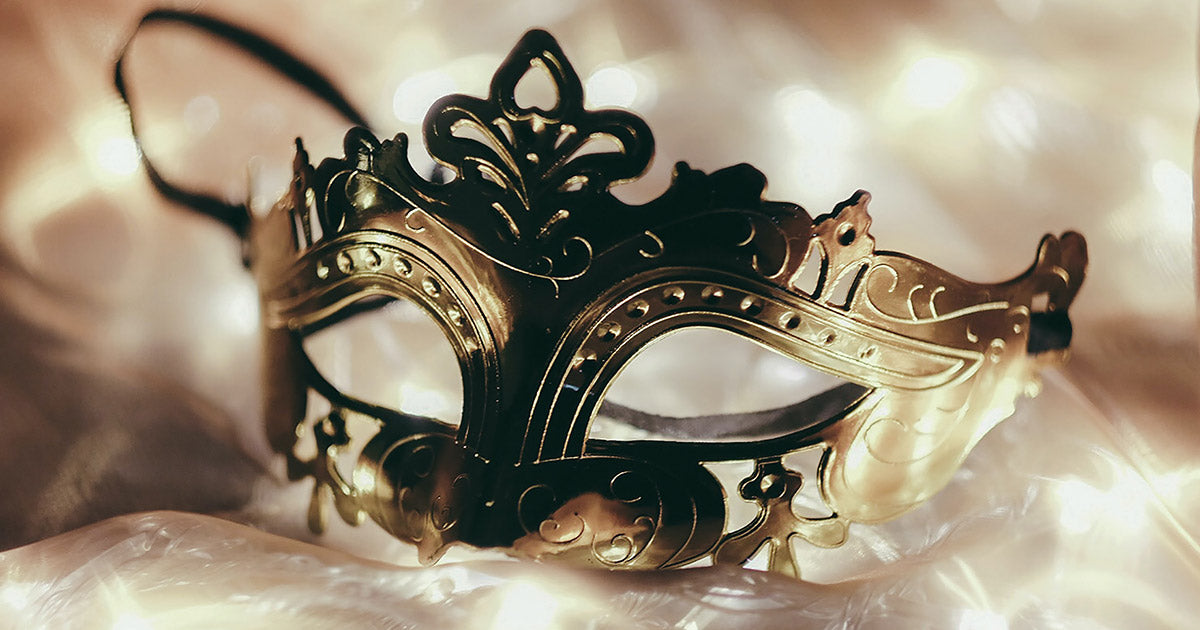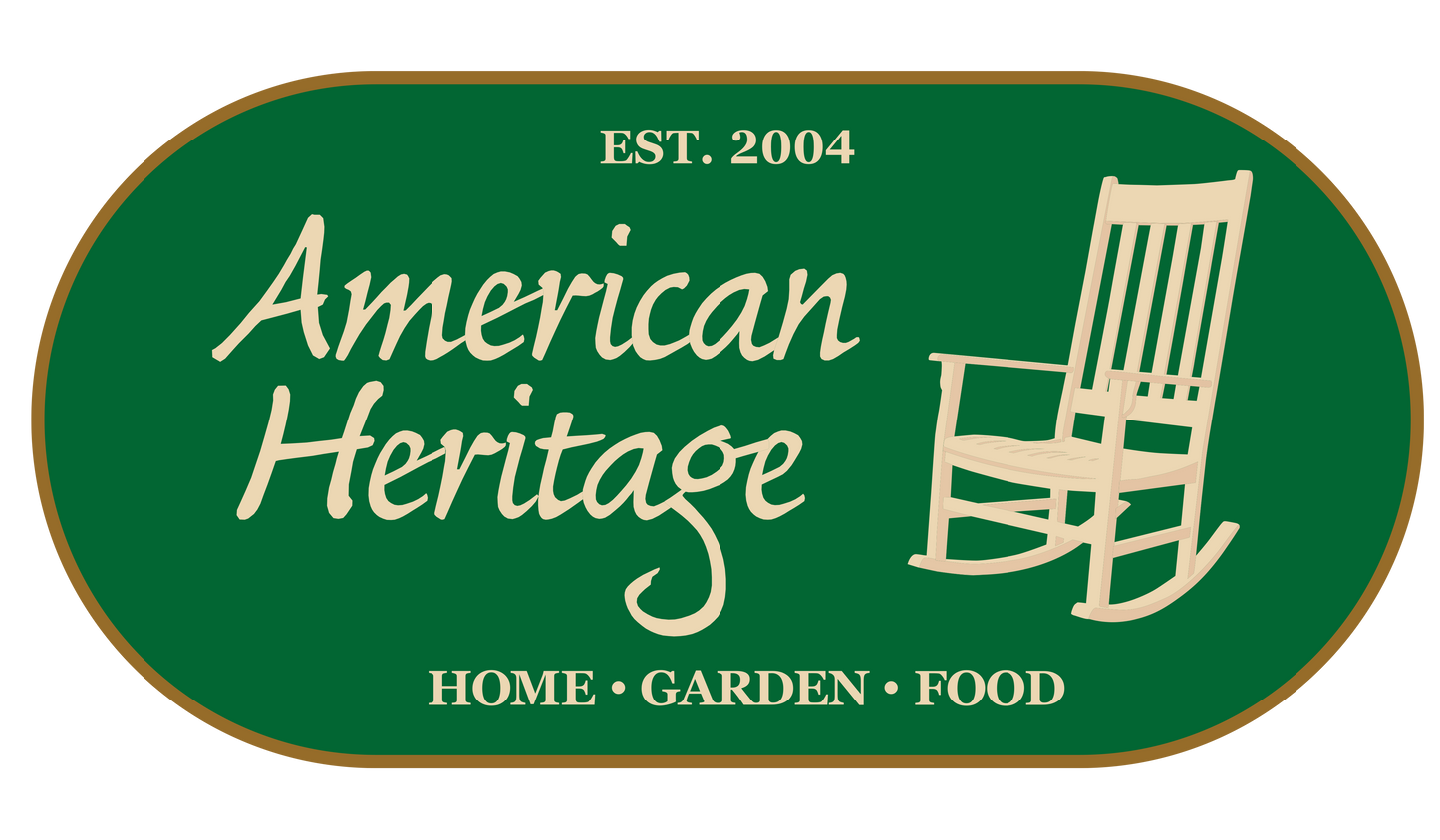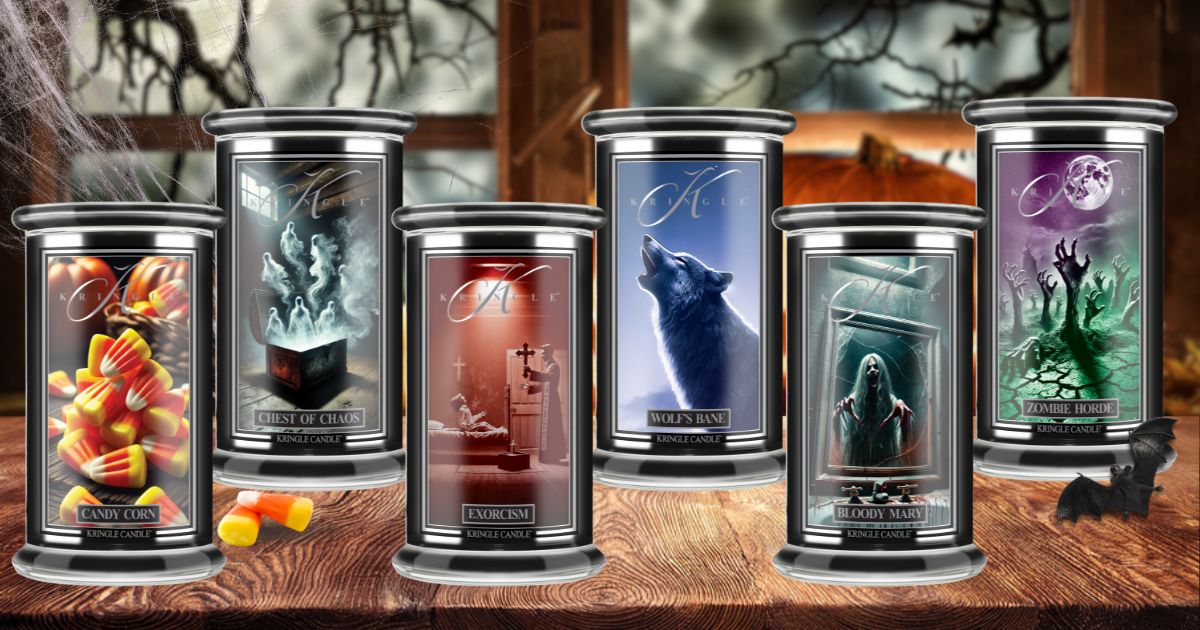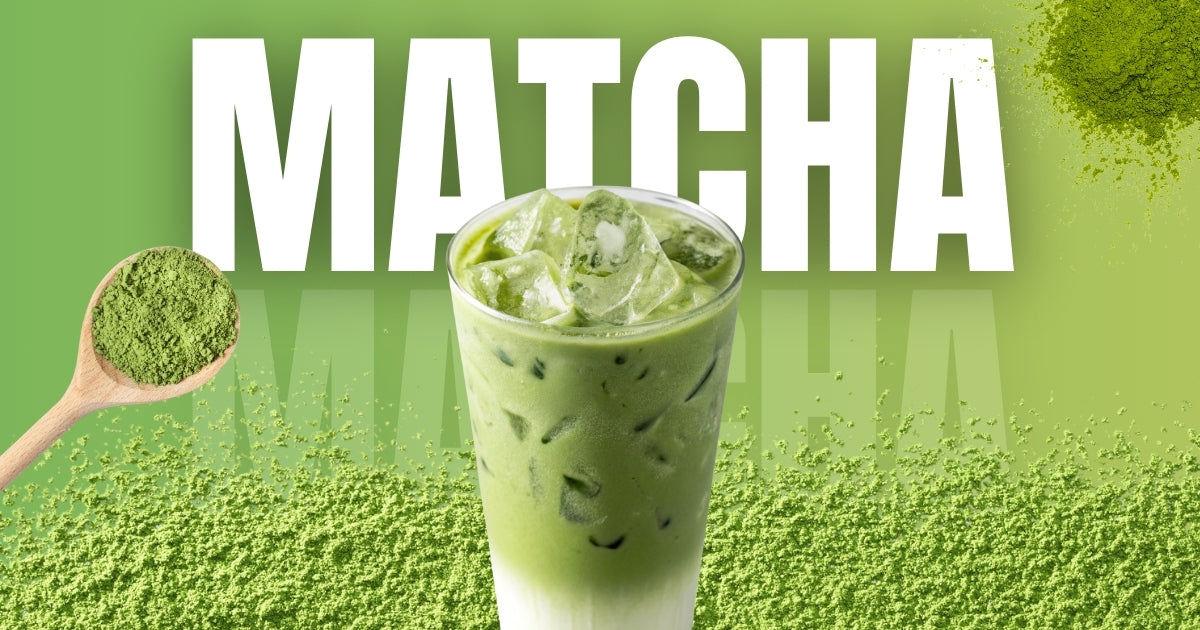
What we in Germany are carnival or Carnival is just around the corner for our friends in the southern USA the Mardi Gras . That the festival with costumes & Co. just in New Orleans is celebrated so enthusiastically is no coincidence, because whether the Day of the Dead in Mexico or the world-famous Brazilian Carnival , the further you look south from New Orleans the more the celebratory mood and the extravagance of the costumes.
Carnival & Fasching – Typically German
Despite the exuberant atmosphere, today’s carnival has above all ecclesiastical roots . In the Catholic Church, before the beginning of the pre-Easter Lent with the Carnival an occasion establishes the last Winter supplies to destroy them before they reach the Lent could ruin. With the reformation Among many other traditions, Carnival was also questioned in many parts of Germany and, unlike in predominantly Catholic neighbouring countries such as Switzerland or Austria, disappeared Carnival as a tradition for a long time from many parts of Germany. At that time, the carnival, based on the Venetian model, was primarily Costume and masked ball celebrated in castles and noble houses, of course with appropriate party drinks.
The tradition was only revived in the 19th century after the end of the French occupation in the now Prussian territories of northern Germany. Among the first public street carnivals of the modern era was the still legendary Cologne Carnival , whose famous cry “Kölle Allaf” was first called to welcome the Prussian king to Cologne after the end of the occupation.
However, the carnival only achieved its current popularity in the 1990s as a real Carnival boom through Germany and found followers even in predominantly Catholic areas. Today, for example, in Baden-Württemberg and Bavaria, a strict distinction is still made between the traditional carnival and the modern carnival different, even though the celebrations with feasts, parades and the penchant for strong thirst quenchers are similar in many aspects today.
For all fans of Beer , whether for Carnival or Fastnacht, we currently have some great treats on offer that taste great not only during Carnival. The 2 new popcorn varieties “Budweiser” and “Pale Ale” combine sweet and crunchy caramel with the yeasty taste of freshly tapped beer. Ideal for on the go or cozy celebrations on the couch.
➡️ Buy unusual popcorn creations from Everly Grace
The name Fasching , which is used primarily in East Germany, Bavaria and Austria, also has its roots in the love of hops and malt. The word is an abbreviation for the “Fastenschank” , the last big beer dispensing before the start of Lent.
Mardi Gras – Carnival the American way
The carnival, which is so popular in this country, is in the USA however in vain . The reason for this lies in history. As in Germany during the Reformation, in England during the establishment of the Anglican Church Carnival as a tradition abolished and remained largely forgotten, unlike its revival as carnival and its maintenance in still Catholic areas here in Germany. Thus, this tradition did not come with the English settlers to America and even though later immigrants, e.g. from Germany, brought many of their traditions with them, the carnival, like beer festivals etc., remained a maximally at local level celebrated tradition.
That especially the inhabitants of the American South left out today Mardi Gras They owe the fact that they can celebrate to the remnants of their time as French colonies . The French settlers, as pious Catholics , also brought their fasting tradition with them to the colonies of the New World. Mardi Gras (literally “Fat Tuesday” was the last day of the traditional week of celebration before the beginning of Lent on Ash Wednesday.
Part of this tradition can still be found today in the American Pancake Day . This holiday also has its origins in Lent, because in Louisiana, Alabama & Co., excess fat before fasting in order to use this time extensively Pancakes baked.
➡️ Buy Pancake & Waffle Mixes from Stonewall Kitchen
➡️ Buy Organic Maple Sugar Pancake Mix from Crown Maple
Mardi Gras today is primarily a street festival with many processions, street stalls and parades. Costumes are not uncommon today due to the mingling with the modern global carnival culture, but are not traditionally an integral part of this holiday. Instead, this tradition remains primarily Halloween The origin is probably the same pagan tradition with which the pre-Christian tribes tried to hide themselves through scary masks to protect against ghosts and with drums and noise drive away the winter If you too are tired of winter and long for spring, then simply grab one of the great scented candles from the Kringle Candle Halloween Limited Edition and at least drive the winter out of your home.
➡️ Buy Halloween Limited Edition scented candles from Kringle Candle
Day of the Dead
Unlike the typical carnival celebrations here or in the rest of South America, Mexico a very special celebration and costume tradition with surprisingly many Parallels to our Carnival . Instead of celebrating before Lent, Mexicans celebrate Day of the Dead (in German the “Day of the Dead”) traditionally in November , a cultural influence that has probably contributed to Halloween being celebrated in the USA today in the fall, rather than like Carnival and its pagan precursors at the end of winter time .
Today, especially colorful and from Costumes and treats This holiday has similar mythological roots as the supposed predecessors of modern Halloween, e.g. Celtic Samhain . According to tradition, on these days the souls of the dead back to the world of the living. While this was a reason for Europeans to be afraid and to protect themselves from evil spirits with scary masks, the ancients saw Aztecs this rather as an occasion to celebrate with their ancestors and to treat you with honor and respect. Spanish missionaries tried in vain to abolish these death cults and so the festival, similar to at Roman times with the Christmas had been done, with a Christian holiday (in this case All Saints' Day ) in the hope that the festival would sooner or later lose its original meaning.
Instead merged Over the centuries, both festivals have become a long week of celebrations and many of the originally Mexican customs have been preserved (although of course adapted to the times) to this day. These include the omnipresent Face painting in the form of skulls, reminiscent of the real skulls that the Aztecs erected to offer the returning souls of their ancestors (and also their adversaries) a temporary home to offer.
Brazilian Carnival
The epicenters of the carnival tradition in the new world are now mainly located far south of the USA, no wonder when you consider that many of the countries Central and South America during the colonial period under Spanish and Portuguese , and thus Catholic influence.
The most famous and largest carnival takes place every year in Rio de Janeiro The custom was originally introduced by the Portuguese colonial rulers introduced, which celebrated the festival with large Dance and costume parties and Street parades celebrated. The Samba , which is now an integral part of the Brazilian carnival, was originally brought by the African prisoners which had been brought to the New World by the Portuguese. Today, the Brazilian Carnival is dominated by samba, and the world-famous parade is simultaneously a competition the (over 200) local samba schools , which, in addition to their dance skills, with colorful costumes compete for the favor of the audience and judges.
Far from the dance processions, the carnival is similar to the Mardi Gras in New Orleans & Co. mainly as big street festival with music, food and drinks, which also extends to the local beaches and bars.
As you can see, there are many unusual paths To celebrate Carnival. In the end, it's all about good mood , good Food and Drink and a good time with friends and acquaintances.


